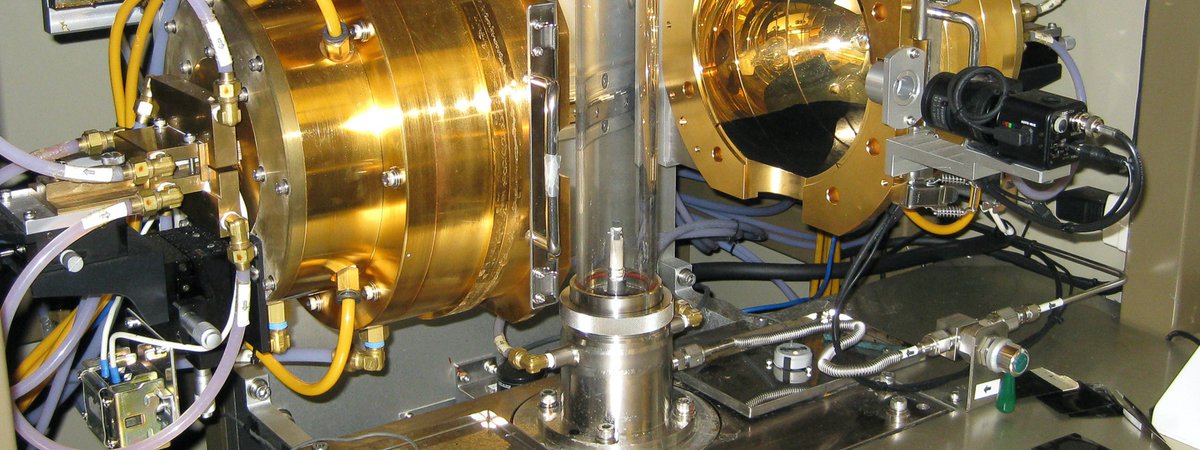Because it deals with properties of matter at ordinary chemical and thermal energy scales, condensed matter physics is the subfield of physics that has the largest number of direct practical applications, and has a large overlap with chemistry, materials science, and electrical engineering. It is also an intellectually challenging field that is currently producing many advances in fundamental physics.
The Quantum Condensed Matter Physics cluster at U of T is particularly strong in the study of quantum materials, which reveals unexpected and exotic behaviour when subjected to extreme conditions such as low temperature and/or high pressure. Physical properties of these materials are studied using various theoretical methods and experimental techniques, such as STM, quantum oscillations, neutron/x-ray scattering. The group also actively participate in international collaboration on quantum materials through the Canadian Institute for Advanced Research (CIfAR) network. Additional research activities in condensed matter physics are carried out by the quantum optics cluster and the Experimental Nonlinear Physics Group.
The Quantum Condensed Matter Physics group is also actively involved in the research activities at the Centre for Quantum Materials, the HEATER (Highly Efficient Applications of Thermoelectrics Research) program, and the Quantum Matter Canada - QMat group.
Research Areas
Topological quantum materials
Experiment: Young-June Kim, Stephen Julian, Sergio de la Barrera
Theory: Sajeev John, Hae-Young Kee, Yong Baek Kim, Arun Paramekanti
Quantum Criticality
Experiment: Stephen Julian
Theory: Sajeev John, Hae-Young Kee, Yong-Baek Kim, Arun Paramekanti
Unconventional Superconductivity
Experiment: John Wei, Young-June Kim, Stephen Julian, Sergio de la Barrera
Theory: Sajeev John, Hae-Young Kee, Yong-Baek Kim, Arun Paramekanti
Frustrated Magnetism and Spin Liquids
Experiment: Young-June Kim, Xiang Li
Theory: Sajeev John, Hae-Young Kee, Yong-Baek Kim, Arun Paramekanti

